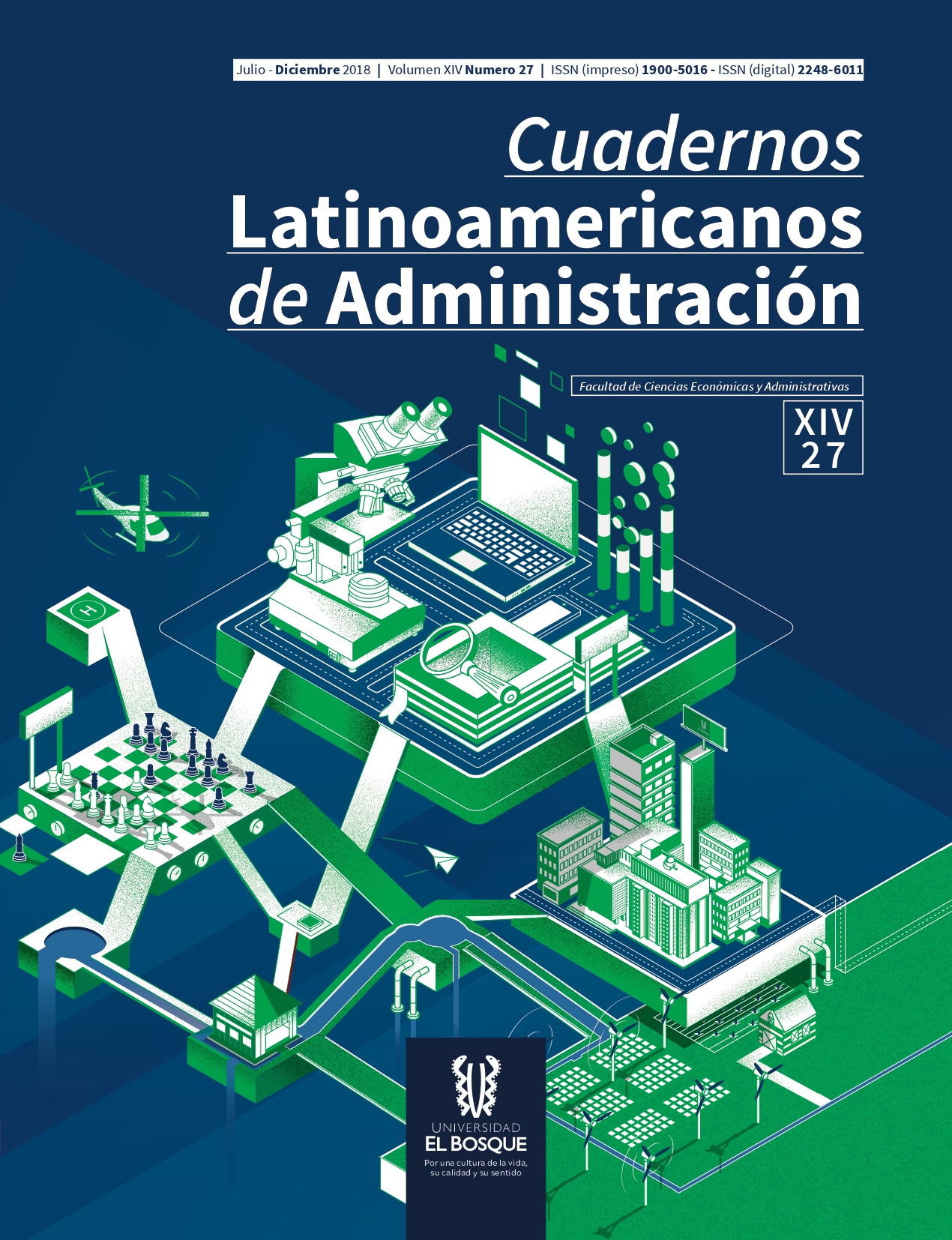Cohousing
a community alternative to private property
DOI:
https://doi.org/10.18270/cuaderlam.v14i27.2653Keywords:
Cohousing, Community economies, community housingAbstract
The article, seeks to respond from another vision to one of the unmet needs of society in Colombia, the problem of access to housing. us, an updated revision is presented on the model of community housing called cohousing, writing the general principles of the model and its economic implications on the individual and the community that is formed from this model of community housing. e microeconomic reach of these communities is presented and finally cohousing is analyzed from the institutional framework of property rights, and as a phenomenon of social interaction in which communal, economic and environmental benefits are generated.
Downloads
References
Abastante, F., & Lami, I. M. (2012). Quality function deployment (QFD) and analytic network process (ANP): an application to analyze a cohousing intervention. Journal of Applied Operational Research, 14-27.
Abraham, N., Delagrange, K., & Ragland, C. (2006). Elder cohousing An idea whose time has come. Communities, 60-71.
Bamford, G. (2001). Bringing us home Cohousing and the environmental possibilities of reuniting people with neighbourhoods. Situating the Environment, 36-43.
Bamford, G. (2005). Cohousing for older people housing innovation in the Netherlands and Denmark. Australasian Journal on Ageing, 44-46.
Berggren, H. M. (2016). Cohousing as Civic Society: Cohousing Involvement and Political Participation in Massachusetts. Social Science Quarterly, 1-16.
Bouma, J., & Voorbij, L. (2009). Factors in social interaction in cohousing communities. Include London.
Brenton, M. (2008). The cohousing approach to lifetime neighbourhoods. The Housing Learning and Improvement Network.
Brenton, M. (2013). Senior cohousing communities–an alternative approach for the UK? York: Joseph Rowntree Foundation.
Buchanan, J. M. (1965). An economic theory of clubs. Economica, 32(125), 1-14.
Chiodelli, F., & Baglione, V. (2014). Living together privately for a cautious reading of cohousing. Urban Research Practice, 20-34.
Choi, J. (2013). Why Do People Move to Cohousing Communities in Sweden?-Are there any Significant Differences Between the+ 40 Cohousing and the Mixed-Age Cohousing? Architectural research, 77-86.
Choi, J. S. (2006). Preference of Common Spaces and Shared Activities in Senior Cohousing Community by Korean 50s. Urban Planning Institute of the Republic Of Slovenia. Ljubljana, Slovenia.
Choi, J. S. (2008). Characteristics of community life in foreign intentional communities focus on the differences between ecovillage and cohousing. International Journal of Human Ecology, 93-105.
Choi, J. S., & Paulsson, J. (2011). Evaluation of common activity and life in Swedish cohousing units. International Journal of Human Ecology, 133-146.
Fernández, L., Campo, A., & Morell, A. (2012). La casa abierta. Hacia una vivienda variable y sostenible concebida como silábico tanto importar. Madrid: Universidad Politécnica de Madrid. Escuela Técnica Superior de
Arquitectura de Madrid. Obtenido de http://oa.upm.es/21971/1/PABLO_FERNANDEZ_LORENZO.pdf
Glass, A. P. (2009). Aging in a community of mutual support e emergence of an elder intentional cohousing community in the United States. Journal of Housing for the Elderly, 283-303.
Hayek, F. (1988). Los errores del constructivismo. Revista Centro de Estudios Públicos, 85-106.
Jarvis, H. (2011). Saving space, sharing time integrated infrastructures of daily life in cohousing. Environment and Planning A, 560-577.
Khel, K., & en, V. (2013). Community and civil society returns of multi-generation cohousing in Germany. Journal of Civil Society, 41-57.
Mccamant, K., Durrett, C., & Hertzman, E. (1994). Cohousing: A Contemporary Approach to Housing Ourselves. Berkeley, California: Ten Speed Press.
McKenzie, E. (2003). Common#interest housing in the communities of tomorrow. Housing Policy Debate, 203-234.
Poley, L. D. (2007). Community and the habits of democratic citizenship: An investigation into civic engagement, social capital and democratic capacity-building in US cohousing neighborhoods. Tesis Doctoral. Virginia
Polytechnic Institute and State University.
Samuelson, P. A. (1954). The pure theory of public expenditure. The review of economics and statistics, 387-389.
Samuelson, P., & Nordhaus, W. (2003). Economía (Decimoséptima ed.). Madrid: McGraw-Hill.
Sanguinetti, A. (2014). Transformational practices in cohousing Enhancing residents' connection to community and nature. Journal of Environmental Psychology, 86-96.
White-Harvey, R. J. (2013). Cohousing A Scandinavian Longhouse, or a Traditional Approach to Modern Housing. The Canadian Journal of Native Studies, 69-82.
Widener, M. N. (2010). Cohousing: joining affordable, sustainable and collaboratively-governed, single family neighborhoods.
Williams, J. (2005). Designing neighbourhoods for social interaction the case of cohousing. Journal of Urban Design, 195-227.
Williams, J. (2005a). Sun, surf and sustainable housing—cohousing, the Californian experience. International Planning Studies, 145-177.
Williams, J. (2008). Predicting an American future for cohousing. Futures, 268-286.
Downloads
Published
How to Cite
Issue
Section
License
Copyright (c) 2019 Universidad El Bosque

This work is licensed under a Creative Commons Attribution-NonCommercial-ShareAlike 4.0 International License.
The authors when they send their articles for evaluation certify originality and transfer the proprietary rights to the Journal
Latin American notebooks Administration, University El Bosque, for dissemination in print and / or electronic. But scientific evidence, originality, content of the documents are the exclusive and sole responsibility of the authors.

| Article metrics | |
|---|---|
| Abstract views | |
| Galley vies | |
| PDF Views | |
| HTML views | |
| Other views | |












